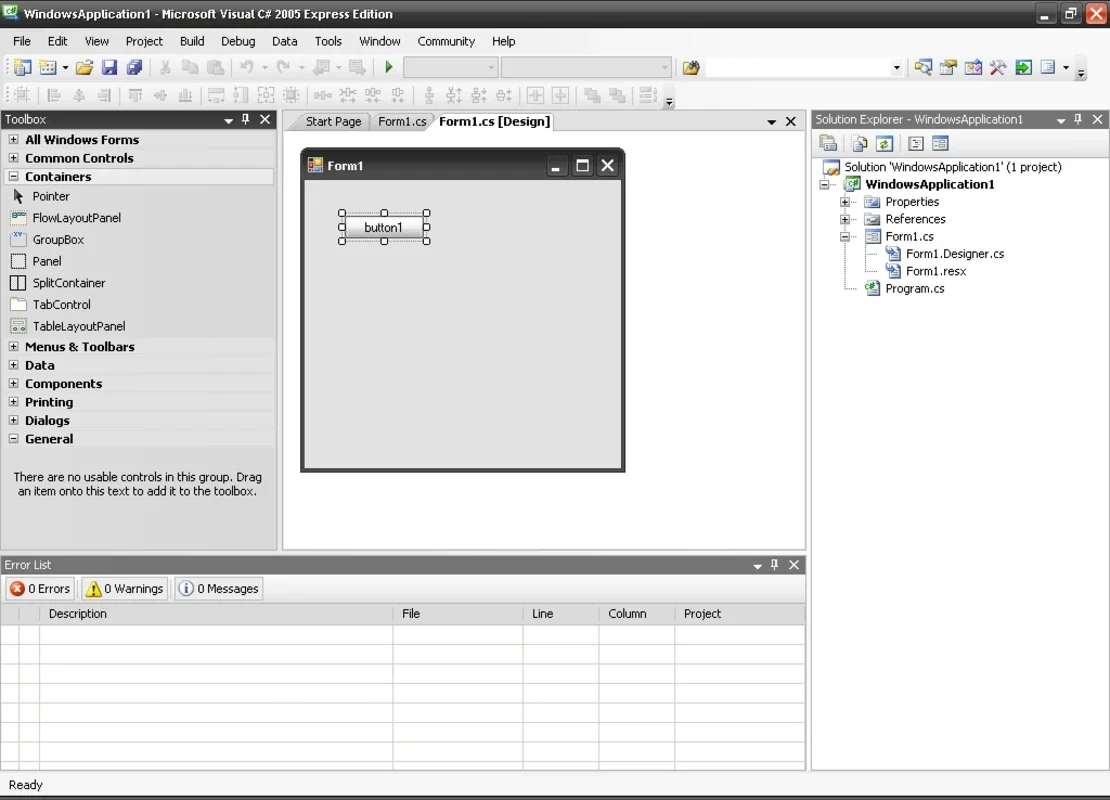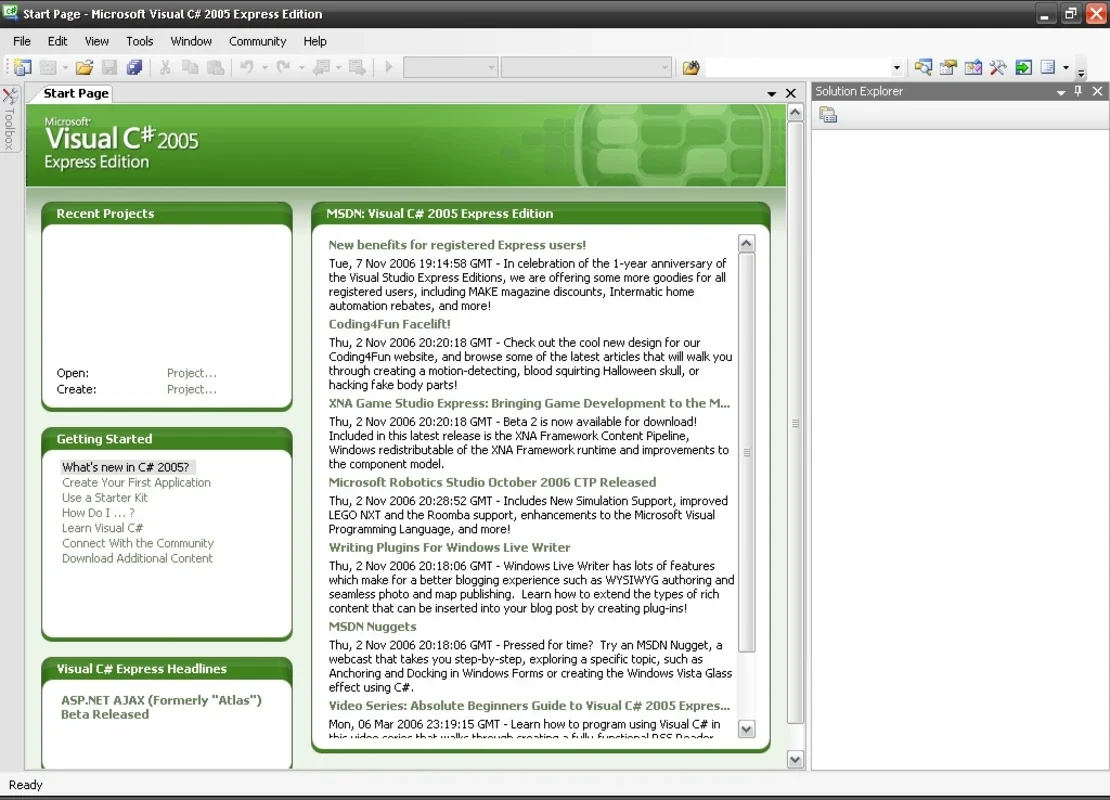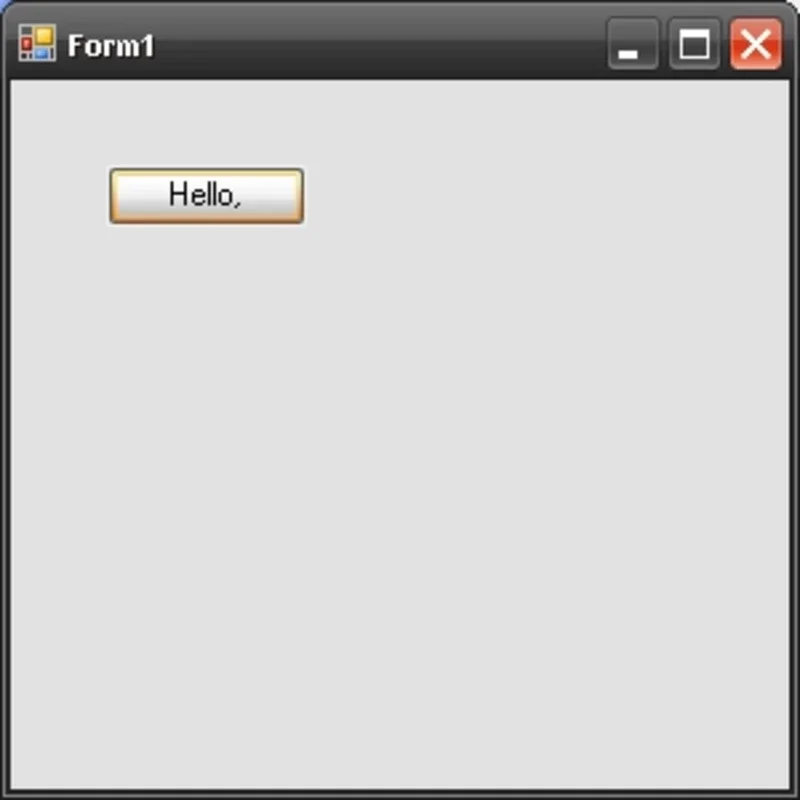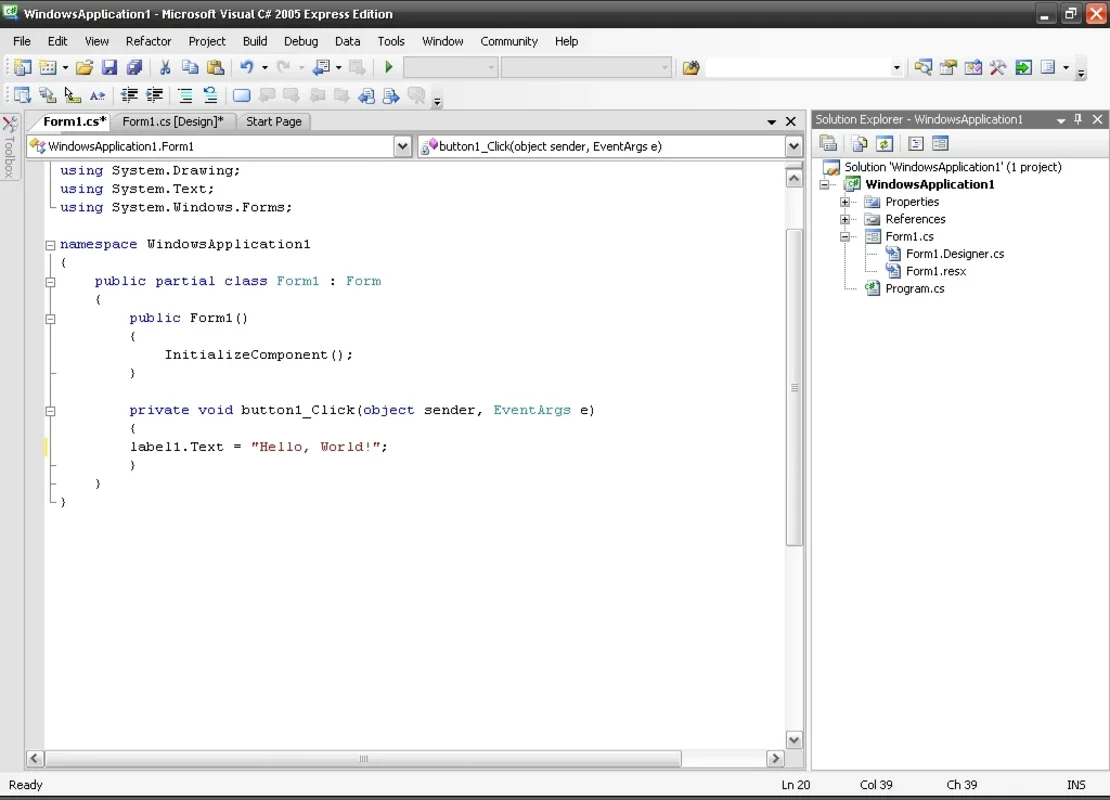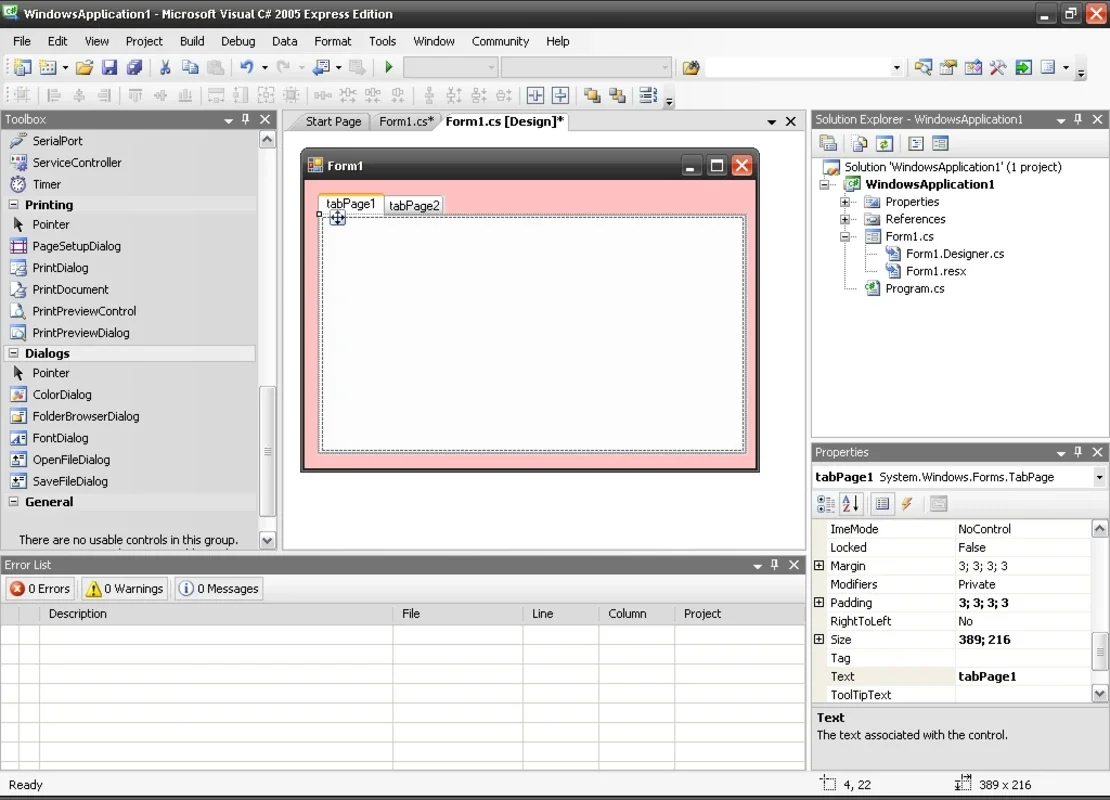Visual C Sharp App Introduction
Visual C# 2005 Express Edition represents a significant milestone in Microsoft's .NET framework development tools. This integrated development environment (IDE) provides a powerful yet accessible platform for creating applications using C#, a versatile, object-oriented programming language. This detailed exploration will delve into its features, capabilities, and impact on software development.
Understanding the Foundation: C# and the .NET Framework
C# (pronounced "C sharp") is a general-purpose programming language developed by Microsoft as part of its .NET initiative. Its syntax draws heavily from C and C++, inheriting their power and efficiency while incorporating modern language features for enhanced readability and maintainability. This blend makes C# a robust choice for a wide range of applications, from simple desktop utilities to complex enterprise-level systems.
The .NET Framework provides the runtime environment and libraries that support C# applications. It offers a vast collection of pre-built components and functionalities, significantly reducing development time and effort. This framework handles crucial tasks like memory management, security, and interoperability, allowing developers to focus on the core logic of their applications.
Visual C# 2005 Express Edition: A Visual Approach to Development
Visual C# 2005 Express Edition distinguishes itself through its visual development paradigm. Unlike traditional text-based coding environments, it allows developers to create user interfaces (UIs) by dragging and dropping elements onto forms. This "what you see is what you get" (WYSIWYG) approach simplifies UI design, making it more intuitive and accessible to developers of all skill levels.
Key Features and Enhancements:
- Drag-and-Drop UI Design: The core strength of Visual C# 2005 lies in its visual design capabilities. Developers can easily add controls, buttons, text boxes, and other UI elements to their forms with a simple drag-and-drop interface. This significantly accelerates the UI development process.
- Organized Controls Toolbox: The controls toolbox is meticulously organized into categories, making it easy to locate the desired elements. This streamlined approach improves efficiency and reduces the time spent searching for specific controls.
- IntelliSense: IntelliSense is a code completion feature that provides real-time suggestions as the developer types. It suggests properties, methods, events, and other code elements, reducing the likelihood of typos and improving coding speed. IntelliSense also enhances code readability by providing context-sensitive information.
- Debugging Capabilities: Visual C# 2005 includes robust debugging tools that allow developers to identify and fix errors in their code. These tools provide features like breakpoints, stepping through code, and inspecting variables, making the debugging process more efficient and less time-consuming.
- Project Management: The IDE simplifies project management by providing tools to organize files, manage dependencies, and build applications. This streamlined approach ensures that developers can focus on coding rather than administrative tasks.
- Integration with .NET Framework: Visual C# 2005 seamlessly integrates with the .NET Framework, providing access to a vast library of pre-built components and functionalities. This integration significantly reduces development time and effort.
Comparing Visual C# 2005 to Modern IDEs
While Visual C# 2005 was a groundbreaking IDE for its time, modern IDEs like Visual Studio offer significantly enhanced features. Visual Studio's advanced debugging tools, integrated Git support, and extensive extensions provide a more comprehensive development experience. However, Visual C# 2005 remains a valuable tool for understanding the fundamentals of C# and .NET development.
Modern IDEs often incorporate features like integrated testing frameworks, enhanced code refactoring tools, and improved support for various programming paradigms. These advancements streamline the development process and improve code quality. However, the core principles of visual development and the power of the .NET framework remain consistent across different versions of Visual Studio.
Real-World Applications and Use Cases
Visual C# 2005, despite its age, was used to create a wide range of applications. Its capabilities extended to various domains, including:
- Desktop Applications: The visual development environment made it ideal for creating Windows desktop applications with user-friendly interfaces.
- Windows Forms Applications: Visual C# 2005 provided robust support for creating Windows Forms applications, allowing developers to build interactive and visually appealing user interfaces.
- Simple Games: While not as powerful as modern game engines, Visual C# 2005 could be used to create basic games with simple graphics and game logic.
- Utility Applications: Its ease of use made it suitable for developing various utility applications, such as system tools and productivity enhancements.
Conclusion
Visual C# 2005 Express Edition, though superseded by more modern IDEs, holds a significant place in the history of .NET development. Its visual development approach, combined with the power of C# and the .NET Framework, provided a powerful and accessible platform for creating a wide range of applications. While its features may seem limited compared to today's standards, understanding its strengths and limitations provides valuable insight into the evolution of software development tools and the enduring legacy of Microsoft's .NET ecosystem.
